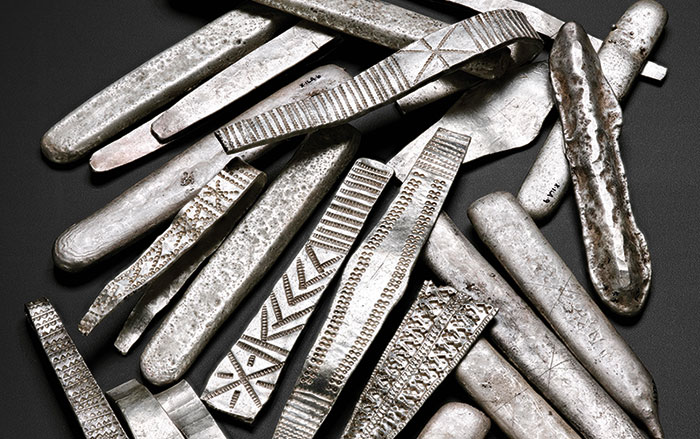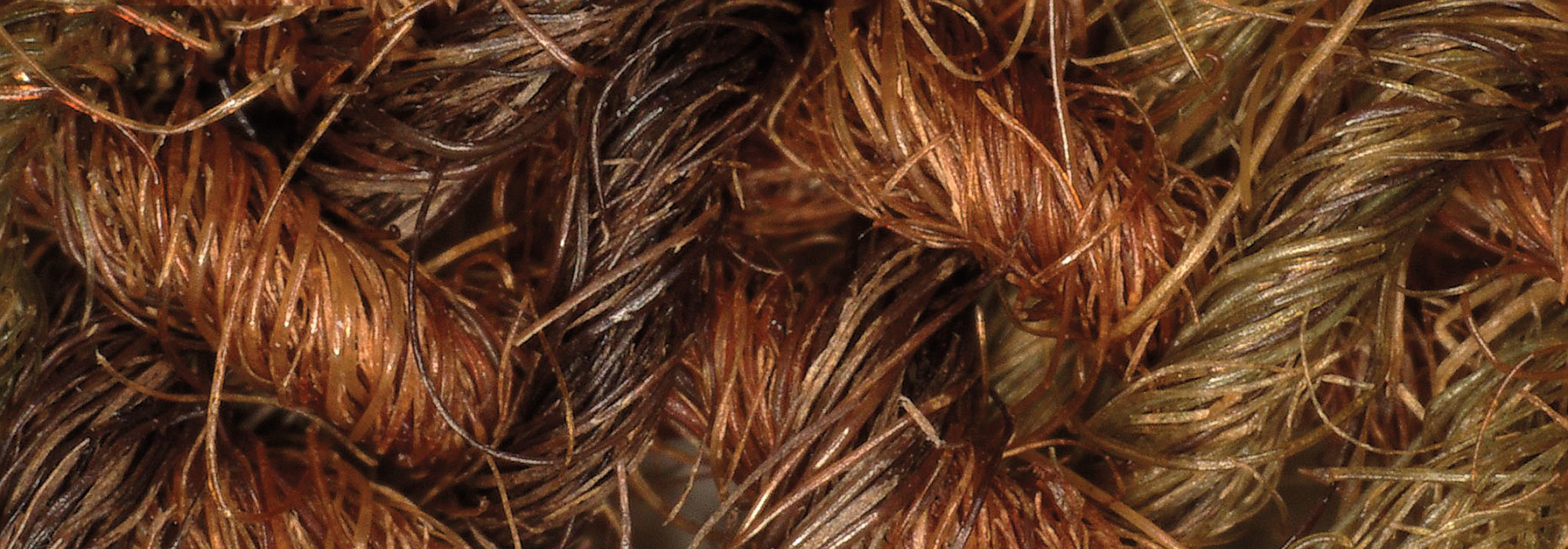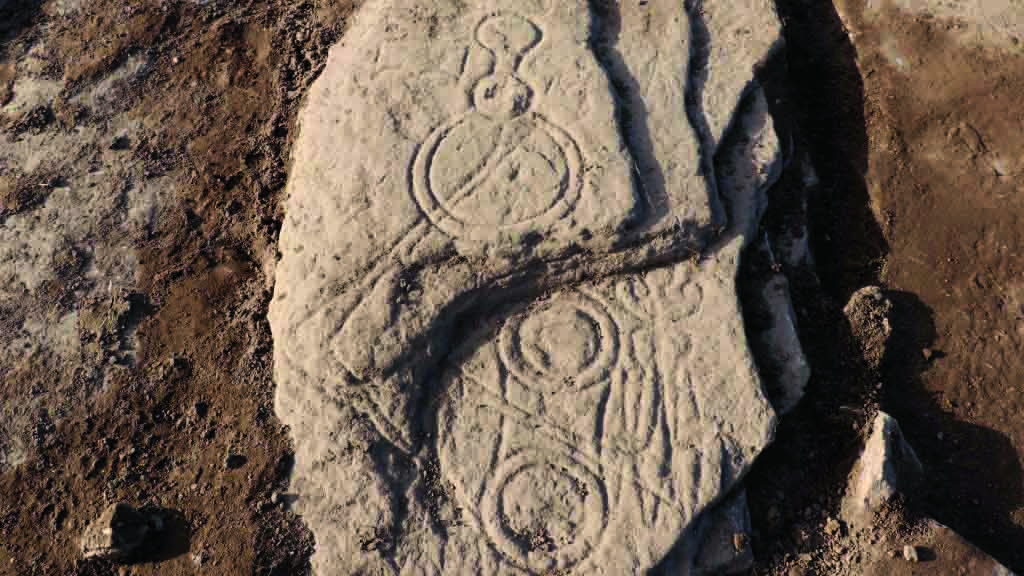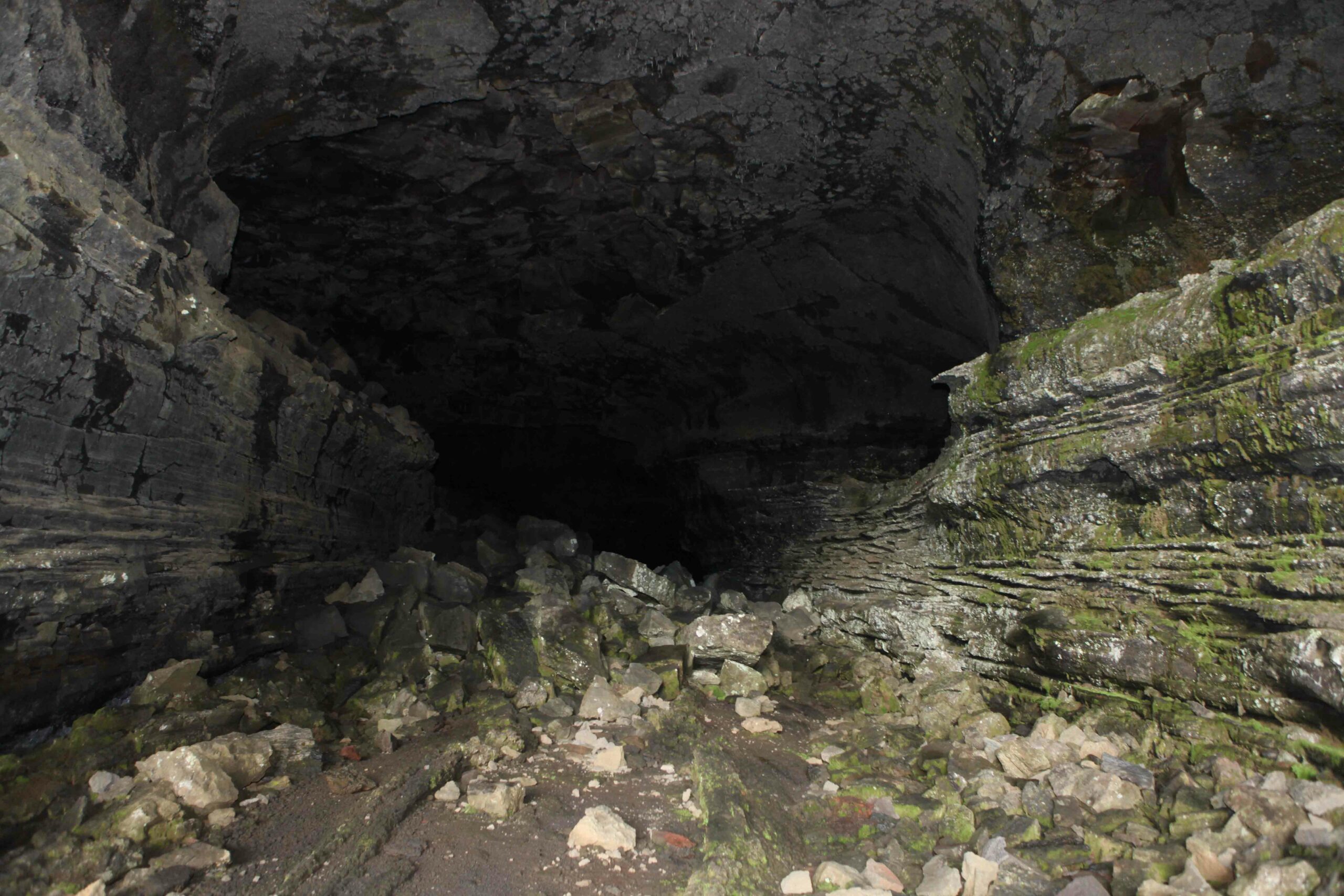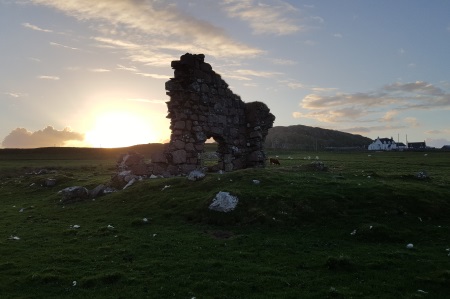
GLASGOW, SCOTLAND—BBC News reports that the wattle and timber hut where St. Columba is said to have worked and prayed in the sixth century A.D. has been identified on the island of Iona, home of the Iona Abbey, a Christian pilgrimage site. Sixty years ago, historian and archaeologist Charles Thomas uncovered what he thought could be the saint’s cell on a hill traditionally known as Tòrr an Aba, or “the mound of the abbot.” After the structure burned down, the site is thought to have been covered with beach pebbles to preserve it, and a hole at the site suggests that a cross may have been placed to mark it. Archaeologists Ewan Campbell and Adrián Maldonado of the University of Glasgow recently radiocarbon dated some of the pieces of hazel charcoal carefully preserved by Thomas and obtained a date range of A.D. 540 to 650. “What Charles Thomas and his team found—and couldn’t prove until now—was that we’ve been walking on the early monastery this whole time,” Maldonado said. To read more about archaeology in the region, go to "Letter From Scotland: Living on the Edge."


